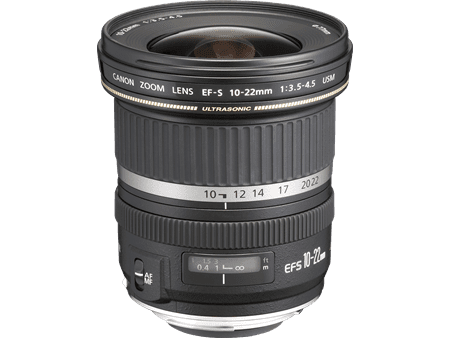If there’s one aspect of our blogging we’ve wanted to take to a higher level over the years it’s definitely our travel photography.

Being a travel blogger photos play a huge role in what we do, a picture tells a thousand words as they say, so taking the best photos of the destinations we visit is an important way of telling the story of each place.
I’ve always loved taking photos of our travels and I think I have a pretty good eye for composing a shot, but over the years I’ve been frustrated with my slow progress in getting better at photography.
Sure I’ve taken some good shots in the past and my photos typically look nice in camera, but when I download them to my computer and onto the blog more often than not I find my photos don’t do justice to the beautiful places I’m shooting at.
A major challenge over the past 12 months has been lack of time to dedicate to photography. Being on the road full-time around Australia with young kids and running our blogging business has been harder than we anticipated.
Our time is stretched thin on many tasks.
The times we need to be out shooting in the best light (early morning and late afternoon when the light is soft) is peak hour in our household with home-schooling and meal times. So more often than not we’ll find ourselves out doing activities in the middle of the day when the lighting is harshest for photos.
Even then, two young kids don’t like waiting around whilst I set up a tripod or take hundreds of shots. Or, I’ll have the perfect shot composed and then one of them will jump on me and the moment is lost. And having a three-year-old on your shoulders whilst hiking and taking pics is never good for camera shake ha ha.
However, without having the time I would like to be out on location and practicing by taking hundreds of shots, which is what I need to be doing, there’s one thing that has enhanced my photos in a big way on this trip.
Better lenses!
If there’s one thing that has improved our photos it’s been moving away from kit lenses, and using the right focal length for the right shot.
Many thanks to the folks at Canon Australia for loaning us the lenses down below for our trip around Oz. They’ve certainly helped us capture better family memories.
Thinking about lenses

If you’re like me, when I first started thinking about lenses I only knew I needed a zoom lens for our 2003 trip to shoot photos of lions in Africa, without being too close to them.
That’s what I thought lenses were for – helping you zoom. And I only ever owned kit lenses that came with the camera body purchased.
I never realized that a good lens is just as important, if not more, than the camera body itself. “Spend more money on the glass” is a comment I’ve heard many times.
Sure, there’s more to it than buying a $2,000 lens and just clicking away. You need to understand the basic functions of your camera, at least get yourself out of auto mode and shoot in aperture priority. And a solid understanding of shutter speed, composition and using light will greatly enhance your results.
We currently have four lenses we carry around in our bag. I’ll share them with you now and explain what we use each lens for.
But firstly, a question we’re constantly asked, ‘what camera body do we use?’
We shoot with Canon
Our camera body is a Canon 700D which is the Rebel T5i for you folks in the US, and it’s been a great introductory DSLR camera.
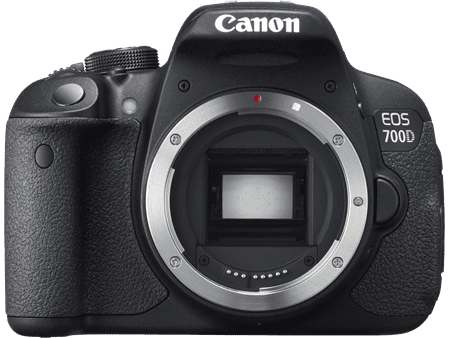
We’ve only ever used Canon – all the way back to the old SLR and point and shoot days, and have always felt comfortable with them in our hands. So we like to stick with what we know and enjoy.
Our landscape lens
Over the past 12 months, we’ve been using a 10-22mm f/3.5-4.5 lens. It’s a wide-angle lens perfect for landscapes.
I like using this lens as it really opens up the scene and displays more of what we see with our naked eye. At 10mm, it offers a much wider field of view than anything I’ve ever used before, just be mindful it can really push out the horizon and edges of each frame. I generally use it at the 17-22mm range.
A tip I’ve learned with this wide angle is it’s super important to fill the foreground with an interesting subject and make the first 30% of the shot strong, especially at 10mm otherwise my photos can be a bit blah.
On my travels, I like to take a lot of beach photos and since using this lens my beachy pics have improved considerably.
They’ve gone from something like this:
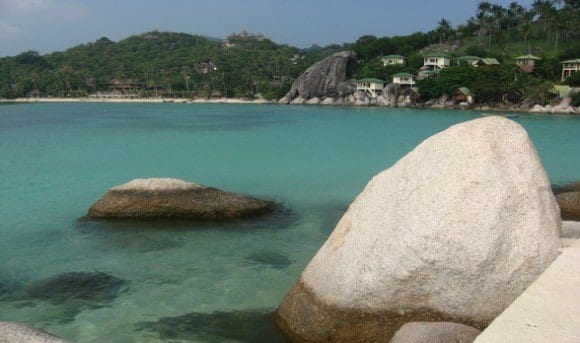
To this:
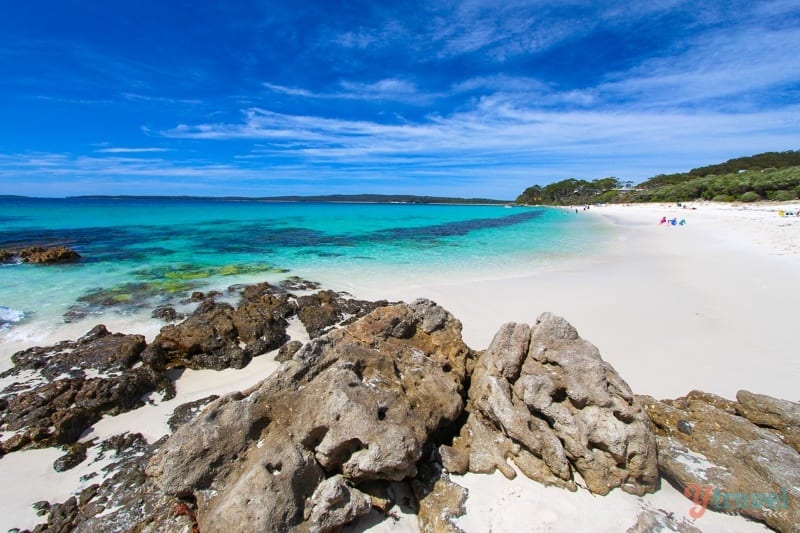
Another beach shot from Loch Ard Gorge on the Great Ocean Road:
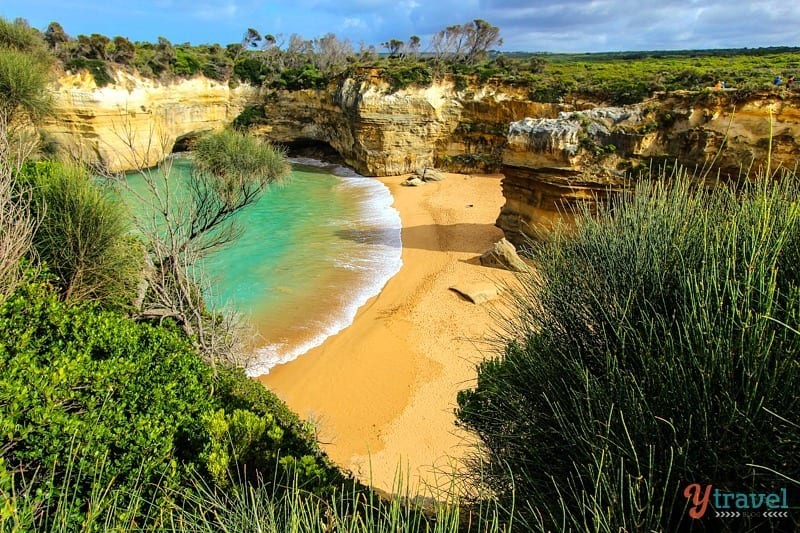
And a sunset from Kakadu National Park:
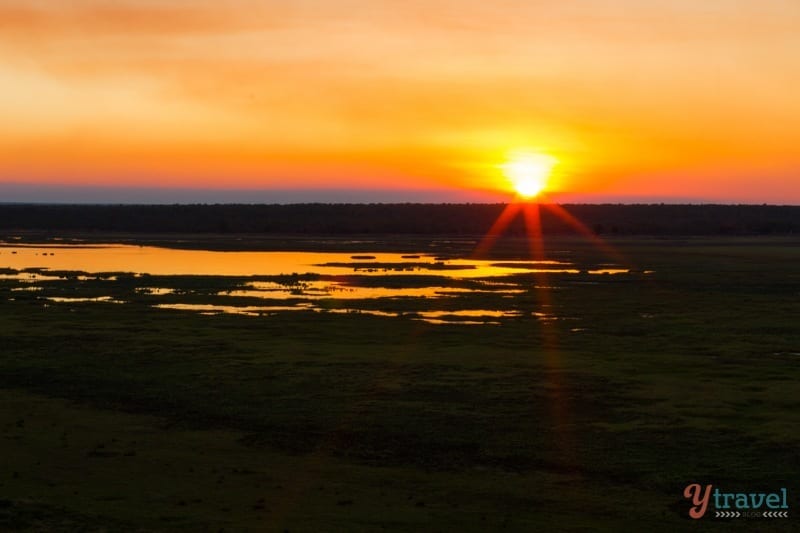
The above photos are a massive improvement on my previous work. So if you love taking landscapes, consider a wide-angle for your kit.
Our Food and Portrait lens
We have the 50mm f/1.4 prime lens and our images have vastly improved from our old kit lens.
What I like about using this prime lens is it forces you to move your feet and teaches you to think about composition more, as you don’t have the luxury of simply zooming in to frame your shot.
Besides food and portraits, this is actually a great all-round lens that I sometimes just take out for the day and leave the rest behind, as it’s small and light and has a great aperture range from f1.4 to f22.
Whilst waiting around for the sunset one evening in Tasmania we threw our camera on the tripod and snapped this family pic:
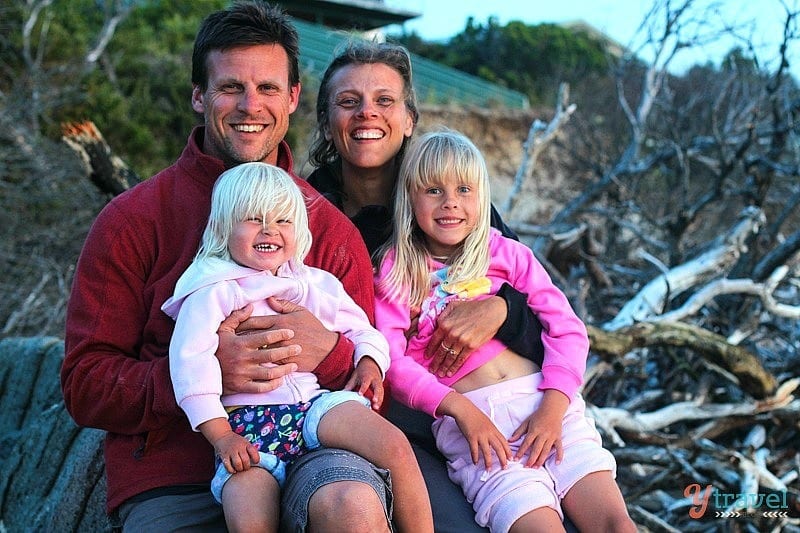
If you find yourself in Western Australia, you must visit Broome, and don’t miss the Mangrove Hotel and sink your teeth into a venison pizza and some popcorn chicken. Taken with our 50mm:

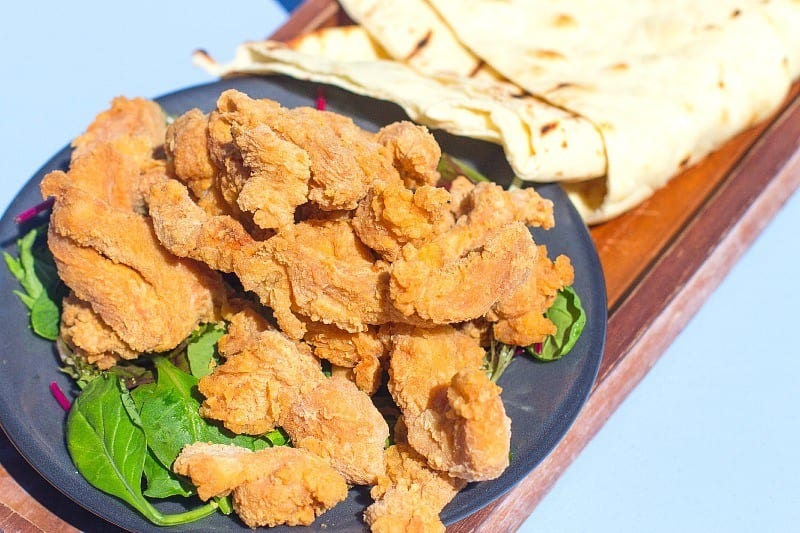
I’ve also used this 50mm lens quite a bit for landscapes. Here’s a recent sunset shot from Cable Beach in Broome showing its versatility:

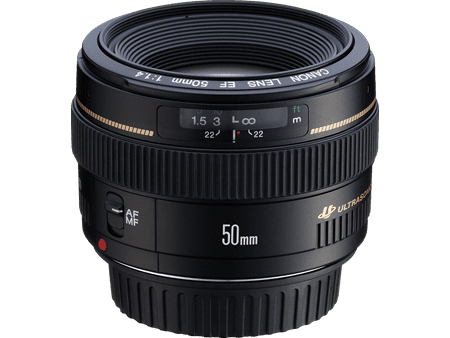
Our Macro Lens
We haven’t taken many macro shots on this road trip, but when we do we have the 60mm f/2.8 Macro lens at our disposal.
From time-to-time we’ve also used this lens as a standard 60mm fixed focal length lens and have been happy with the results.
Here’s an example of one macro shot we took:
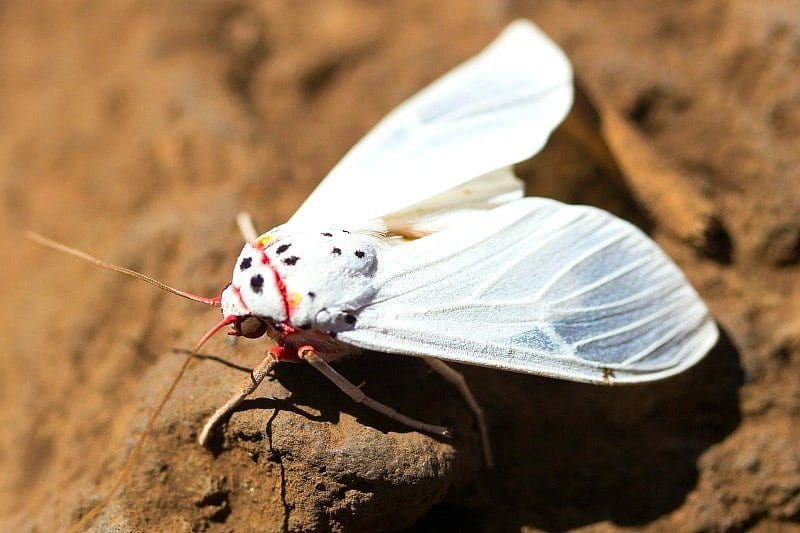
I think I need to take this lens out of the bag a bit more and play around with it, especially with some of the gardens, flowers and bugs we have seen around.
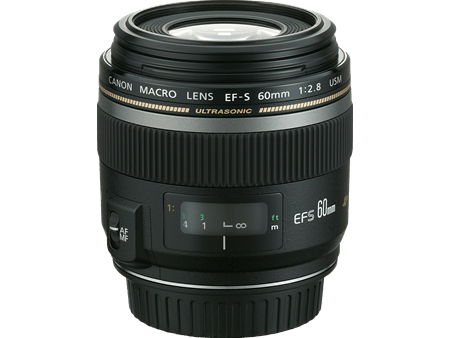
Our Wildlife Lens
This is our old kit lens from our first SLR many years ago for our trip to Africa in 2003. When we do go back to Africa we’ll definitely be upgrading on this, but I still use our 75-300mm f/4-5.6 zoom lens fairly often.
I love the sharpness of this lens, and it came in very handy for zooming in on the cheetahs and Ring-Tailed Lemurs and other animals when we took the kids out to the Dubbo Zoo in Country NSW earlier this year.
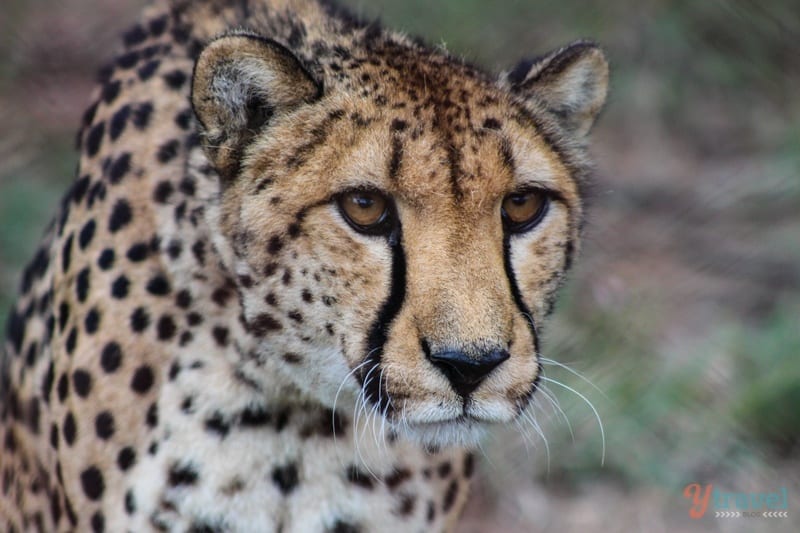
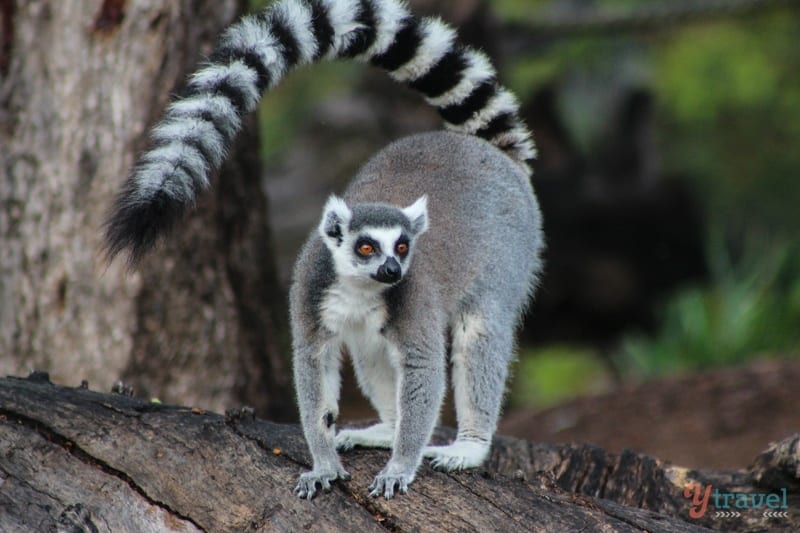
Handy tips
I’m certainly not a pro but here are some basic tips I’ve learned recently in my quest to go from an enthusiast to a more skilled photographer:
- Think about what lens is best for the type of photo you’re taking and what aperture to use on that lens. Each lens has a “sweet spot” at which it performs best, usually in the middle of its aperture range, around f/8 or f/11.
- For sharpness and to avoid blur your shutter speed should match the focal length of your lens, I actually try to double it. e.g. when using my 50mm lens I go for a shutter speed of 1/100. On my 300mm, I go for 1/600
- Use a tripod in low light. To get more light into the lens, your camera will adjust exposure and shutter speed and with a slower shutter speed there is risk of camera shake and unwanted blurring.
Moving forward I’m committed to dedicating more time to learning the art of photography and getting more knowledgeable on all the technical aspects and equipment.
But for now I’m a prime example of simply using better lenses gets you better photos, and that’s what we all want right?
